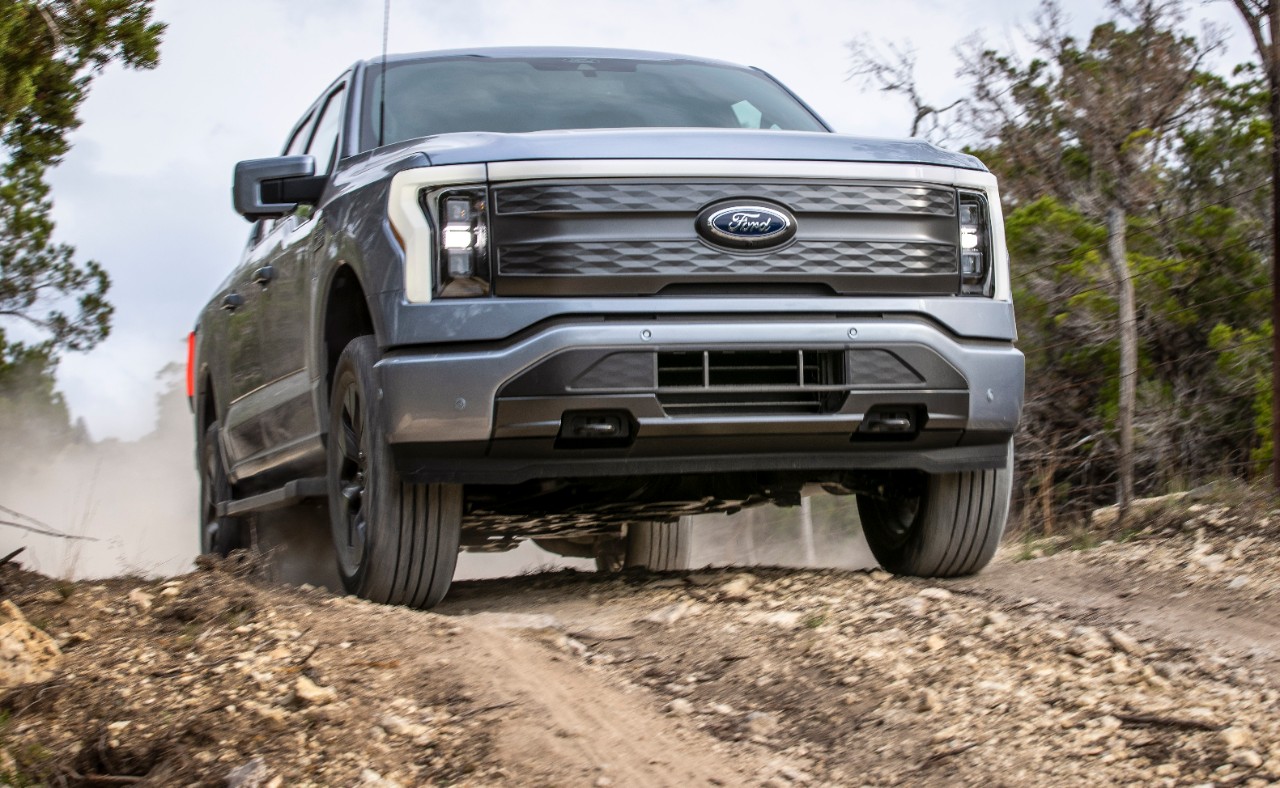Dividend stocks are an essential part of any well-rounded portfolio. However, the fact that top dividend stocks are highly coveted items among blue-chip and institutional investors alike means that most of these equities garner stately premiums. Put simply, there aren't many bargains to be had when it comes to elite dividend plays.
With this theme in mind, we turned to three of our Motley Fool contributors to get their thoughts on which top dividend stocks offer retail investors a compelling mix of stable income and value. They picked Hanesbrands (HBI +0.00%), Ford (F +4.80%), and AbbVie (ABBV 3.98%). Here's why.

Image source: Getty Images.
Rebound potential and big yield at clearance prices
Keith Noonan (Hanesbrands): Hanesbrands has struggled amid a slowdown for some of its key product categories and the threat that private-label retail brands will continue to eat away at its business. The stock has lost nearly 40% of its value over the last year, and shares now trade at just 7.5 times this year's expected earnings and yield 4.3%. Momentum for private-label retail brands presents a meaningful threat to Hanesbrands, and the stock's big sell-off over the last year isn't entirely unwarranted, but shares look cheap at current prices.
The company's socks and underwear sales slowed in 2018, but the business is expected to stabilize this year -- which would alleviate sales and earnings pressure. Investors probably shouldn't look to the segment to power the clothing giant's rebound, but that doesn't mean that Hanesbrands is without growth engines. The company has been on an acquisitions push over the last few years, and it also has homegrown product lines that are showing strong momentum -- most notably its Champion brand. Champion clothing sales grew 30% year over year last quarter, and the brand is spearheading the company's international expansion and direct-to-consumer sales push.
Hanesbrands' dividend yield has never been higher than its levels over the last couple of months, and the company's growth prospects do not appear to be as dim as the recent stock sell-offs suggest. There's an attractive value and returned-income profile here, and for patient investors, I think Hanesbrands is a dividend stock worth buying today.
Check out the latest Hanesbrands earnings call transcript.
A generous automaker
Jeremy Bowman (Ford): One top dividend stock I have been taking a closer look at lately is Ford. The legacy automaker has struggled of late with China sales down and losses in Europe piling up, but the stock has already paid the price for it as shares are down nearly 50% over the last five years.
That's made the stock dirt cheap at a P/E ratio of 6.6 based on its preliminary adjusted earnings per share forecast of $1.30 for 2018, and its dividend yield has risen to an enticing 7%. Management has also pledged not to cut the payout.
Indeed, Ford's challenges aren't about to disappear. The company was vague about 2019 guidance, saying only that it saw potential for improvement in revenue, EBIT, and operating cash flow growth. Investors sold off the stock in response to that unclear forecast, but considering its dividend, Ford doesn't look like a bad buy today even as its profit growth is uncertain as the low price and high yield offers its own return even without price appreciation.
But Ford is cutting costs, with plans to eliminate as much as $25.5 billion in expenses through 2022, and its pivot away from sedans to higher-margin trucks and SUVs should help with profitability. After all, Ford is still the maker of the F-series, the best-selling vehicle in the U.S. for the last 36 years, and it's refreshing 75% of its lineup over the next two years, which should also boost the brand and sales.
Those initiatives could help the stock finally start moving in the right direction. In the meantime, investors can sit back and collect 7% off the top.
Check out the latest Ford earnings call transcript.
A falling knife worth catching
George Budwell (AbbVie): Dividend Aristocrats rarely lose over a third of their value in a year's time, but that's exactly what has happened to biopharma heavyweight AbbVie. Due to Humira's shrinking market share in Europe following the introduction of copycat drugs known as biosimilars last year, investors began to view this once high-flying drugmaker as a potential value trap right around the end of the first quarter of 2018.
Unfortunately, AbbVie's recent fourth-quarter and full-year earnings release failed to tamp down this growing concern, and it even triggered another round of heavy selling in the first few weeks of 2019. The latest touch point for investors was management's lower-than-expected revenue guidance for the year. This anemic full-year guidance, which calls for revenue growth of approximately 1% on an operational basis in 2019, added even more steam to the narrative that the company simply hasn't done enough to prepare for Humira's patent expiration.
AbbVie, though, is being punished arguably for the sins of its peers and not for facts on the ground. Unlike several big pharmas that failed to get out in front of key patent expires, AbbVie has been super aggressive on this front. For instance, the company has built a top-notch hematology franchise with Imbruvica and Venclexta and it's also steaming toward major regulatory decisions in immunology with the next-generation therapies risankizumab and upadacitinib later this year. As a result, Wall Street thinks that AbbVie's top line will more or less return to form as soon as 2020.
Bottom line: There's no telling when the fear-based selling in AbbVie's stock will exhaust itself and a rebound will take shape. But the biotech's juicy yield of 5.31% and promising long-term outlook strongly suggest that investors may want to take advantage of this irrational downturn.
Check out the latest AbbVie earnings call transcript.







